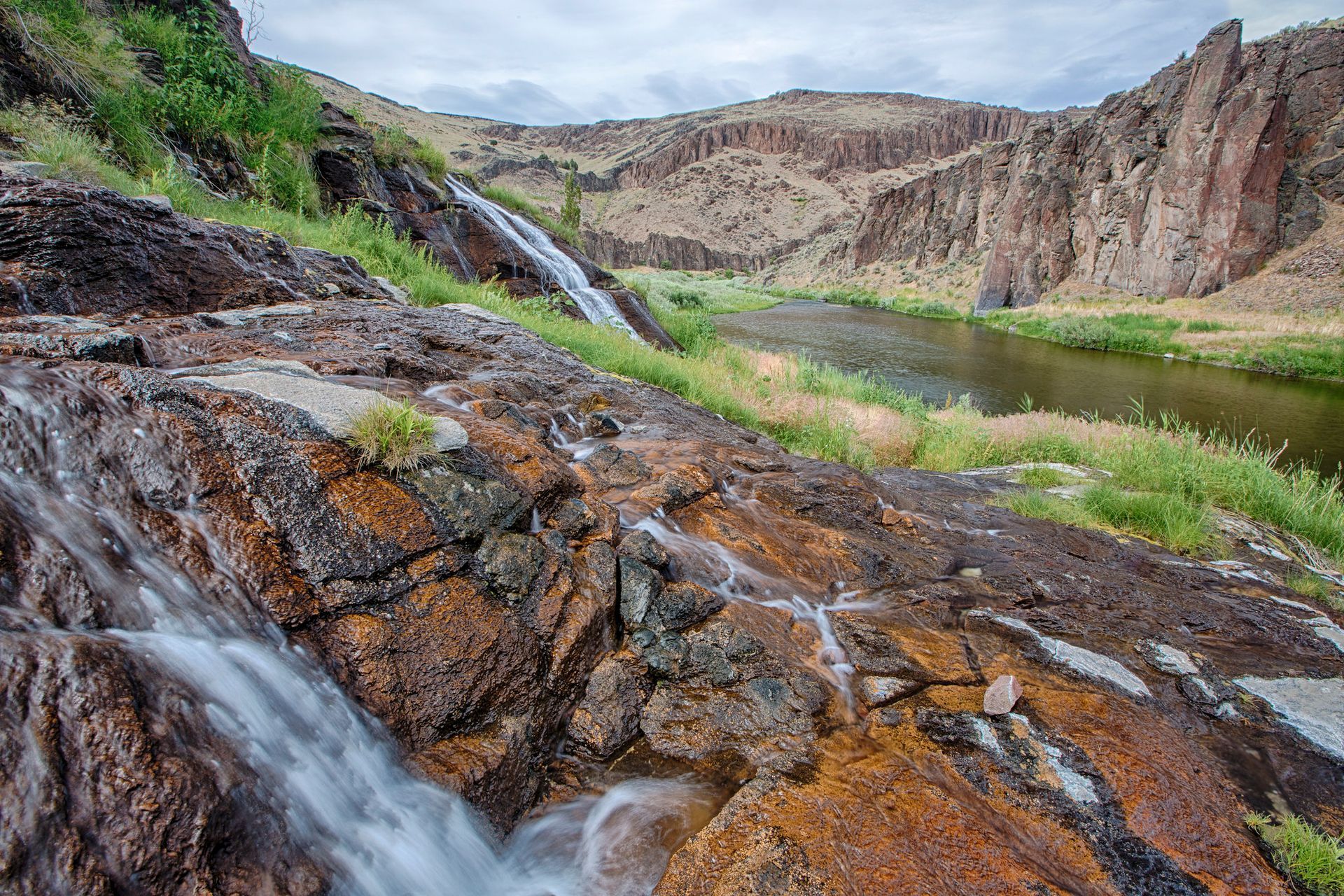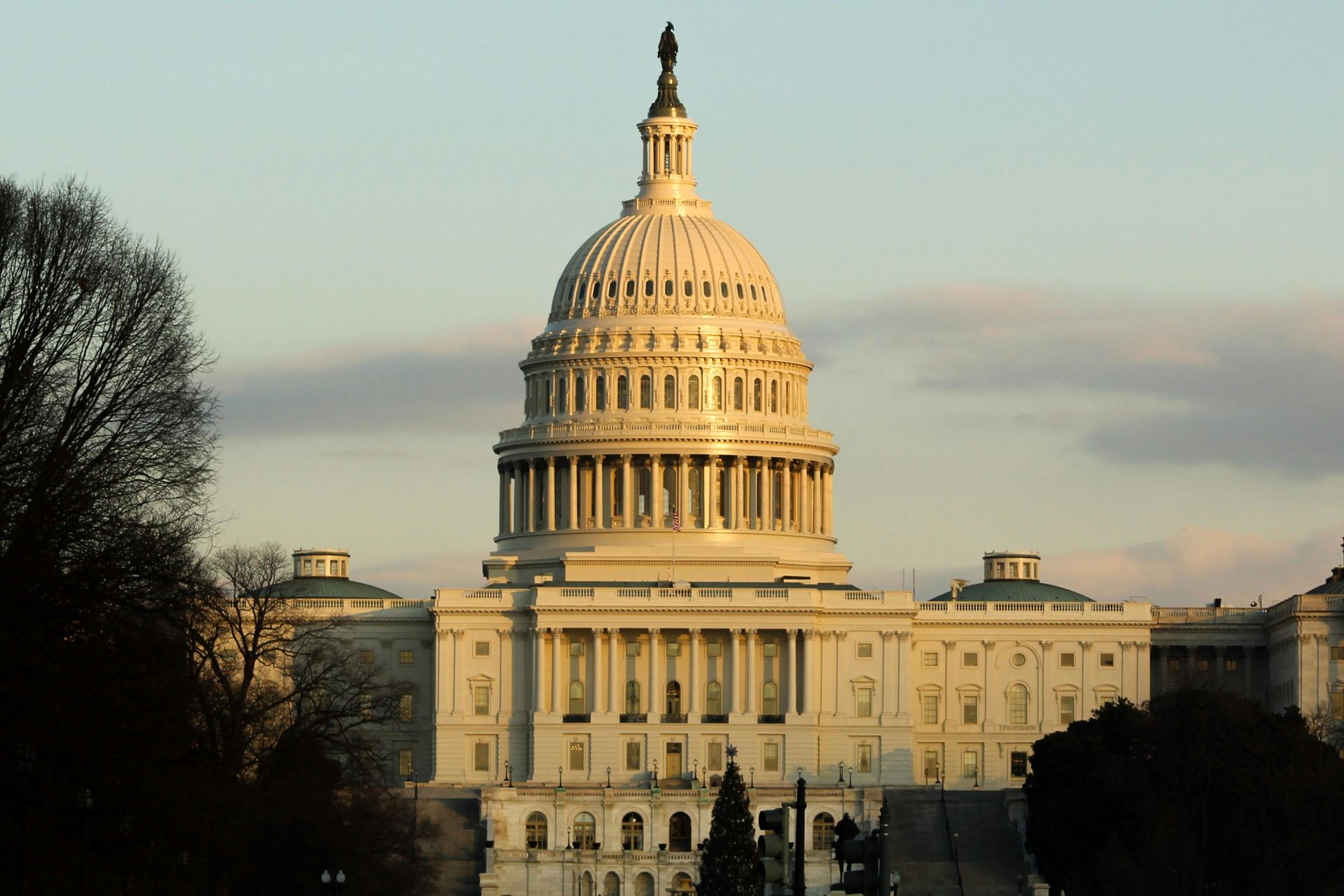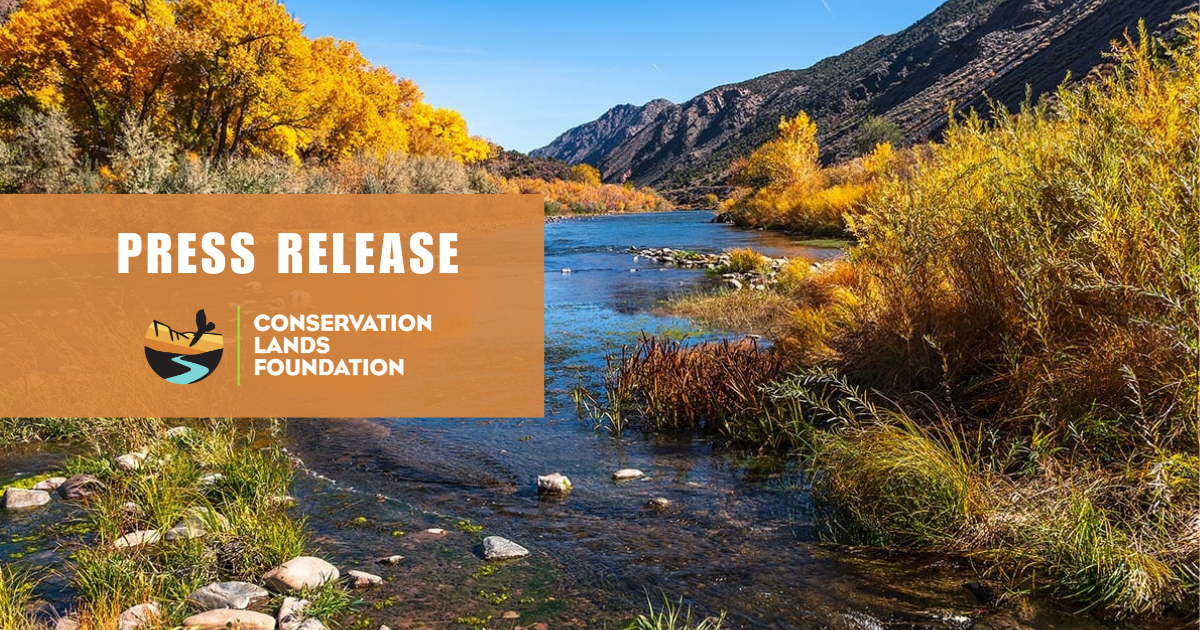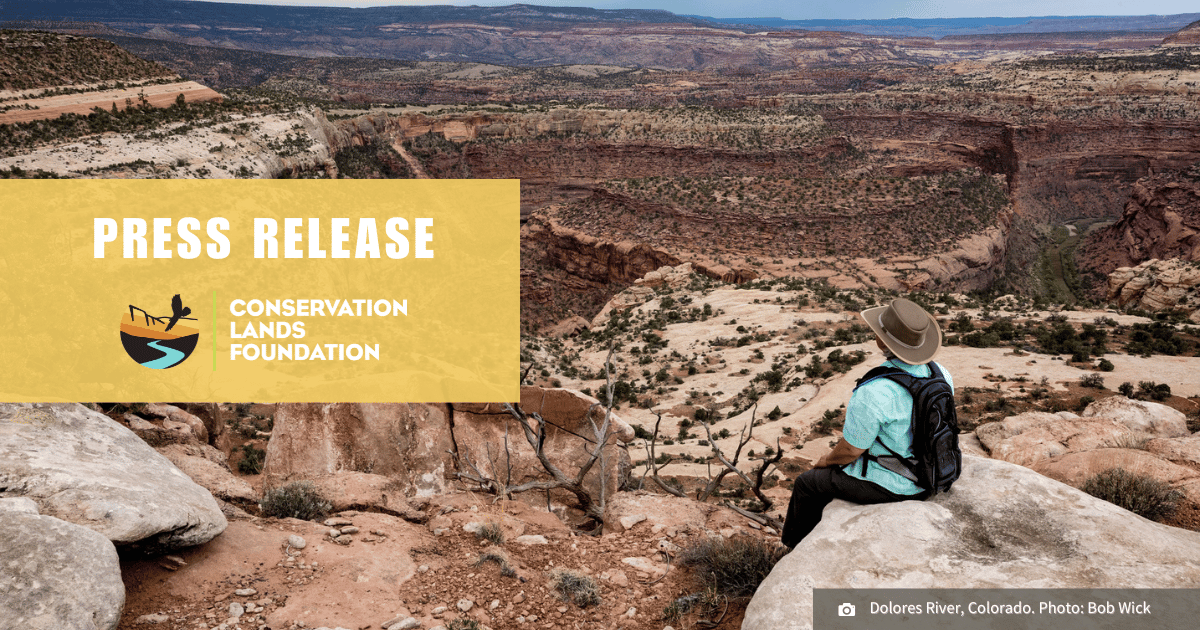Agencies reconsider highway through Red Cliffs National Conservation Area
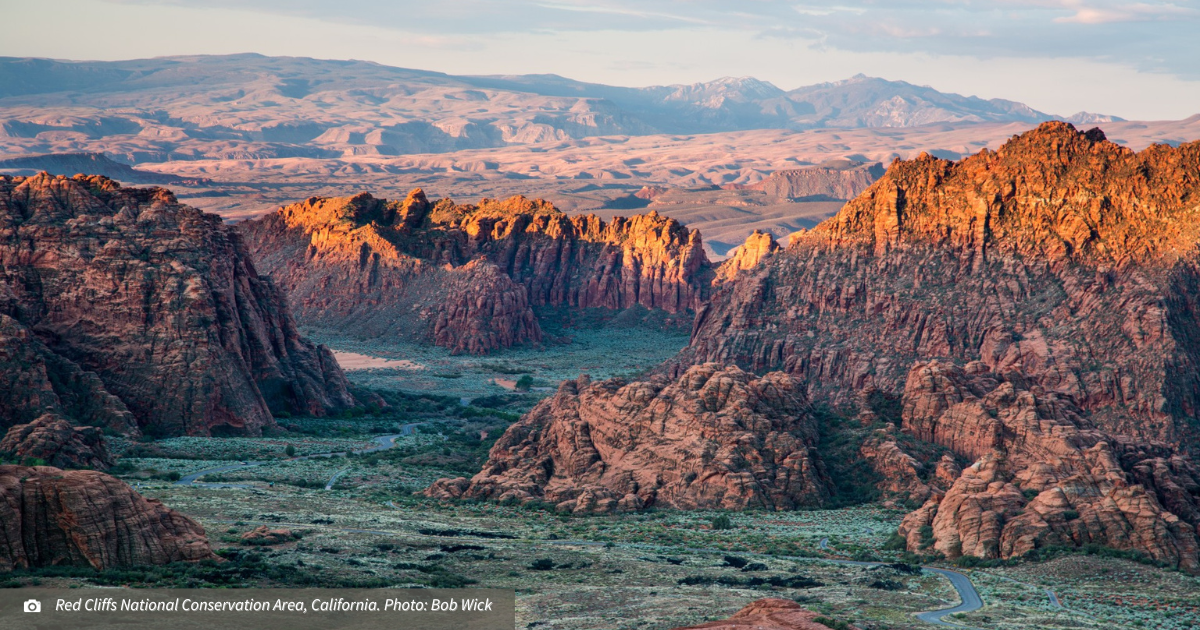
CONSERVE SOUTHWEST UTAH
CONSERVATION LANDS FOUNDATION
SOUTHERN UTAH WILDERNESS ALLIANCE
THE WILDERNESS SOCIETY
CENTER FOR BIOLOGICAL DIVERSITY
DEFENDERS OF WILDLIFE
WILDEARTH GUARDIANS
FOR IMMEDIATE RELEASE
November 16th, 2023
Agencies Reconsider Highway through Red Cliffs National Conservation Area
Mojave desert tortoise gets a reprieve
*11.16.23 Afternoon Update – The U.S. District Court has issued an opinion and granted in part the Federal Defendants’ Motion for Voluntary Remand, remanding the 2021 approval of the Northern Corridor Highway right-of-way. Additional information can be found below.
St. George, UT – Today, the Bureau of Land Management (BLM) and U.S. Fish and Wildlife Service (FWS) announced that they are reconsidering their 2021 decision to approve the right-of-way for a four-lane Northern Corridor Highway through Red Cliffs National Conservation Area (NCA) in southwestern Utah near Zion National Park. Red Cliffs NCA is home to imperiled species like the threatened Mojave desert tortoise, which is on an extinction trajectory.
Since 2006, local residents and concerned citizens across the country have vocalized their opposition to the highway that would bulldoze through critical habitat for the Mojave desert tortoise and transform the southern portion of the National Conservation Area renowned for its scenic views, recreation, and tranquility. In January 2021, in the final days of the Trump Administration, the federal government approved the highway right-of-way despite viable transportation alternatives that meet community needs without impacting protected public lands.
In June 2021, Utah-based and national conservation organizations filed a lawsuit against the U.S. Department of the Interior, the Bureau of Land Management, and the U.S. Fish and Wildlife Service, challenging the agencies’ 2021 decision to approve the highway right-of-way. The lawsuit cited violations of the Omnibus Public Lands Management Act, the Land and Water Conservation Fund Act, the National Environmental Policy Act, the Endangered Species Act and the National Historic Preservation Act. The organizations and the federal agencies signed a settlement agreement last month.
“Today’s announcement highlights the seriousness of the deficiencies and errors in the original analysis and gives us hope that further study will lead the agencies to conclude that highways don’t belong in national conservation areas and critical habitat for vulnerable wildlife,” said Isabel Adler, Red Cliffs Campaign Director at Conserve Southwest Utah, the lead plaintiff in the lawsuit.
“As predicted, the Trump Administration’s environmental review and approval of the Northern Corridor Highway collapsed under scrutiny,” said Todd Tucci, plaintiffs’ attorney with Advocates for the West. “Ultimately, the Department of the Interior was forced to abandon President Trump and Secretary’s Bernhardt’s conclusion that a four-lane high speed highway through a National Conservation Area and Mojave desert tortoise habitat would conserve, protect, and enhance desert tortoise and the conservation resources in the area. It wasn’t a huge lift, frankly, and it was made even easier because the Department of the Interior had previously determined on six different occasions that this highway would be ‘biologically devastating’ to the tortoise.”
As part of the litigation, the BLM and FWS acknowledged substantial and legitimate concerns with the original 2020 Environmental Impact Statement (EIS). A Supplemental EIS is being prepared to supplement this 2020 analysis, further examine the effects of granting a right-of-way, and reconsider the highway right-of-way application.
“We are thrilled that the federal government is re-examining this erroneous decision,” said Holly Snow Canada, Executive Director for Conserve Southwest Utah. “Rest assured that Conserve Southwest Utah and its partners will continue to fight for Red Cliffs NCA, because when we protect landscapes and species habitats, we’re also protecting scenic vistas, recreation opportunities, peace and quiet, and physical and mental health for ourselves and for future generations, too.”
This week’s announcement from the BLM and FWS also kicks off a scoping period for the Supplemental EIS to solicit public comments and identify issues. The public is invited to a meeting from 4:30 p.m. to 7:30 p.m., Dec. 6, 2023, at the Dixie Center, 1835 S Convention Center Dr., St. George, UT 84790, to ask questions or provide feedback regarding development of the draft Supplemental EIS.
“We are very grateful to the tens of thousands of people in Utah and across the USA who stood up for Red Cliffs National Conservation Area and opposed this unlawful, unnecessary, and unwise highway in 2020,” said Snow Canada. “Your voice is needed once again to protect this precious place.”
Located at the convergence of the Mojave Desert, Colorado Plateau and Great Basin ecoregions, the Red Cliffs National Conservation Area was established in 2009 to protect its remarkable wildlife scenery, recreation, ecology, geology and cultural value. The region is home to important populations of the threatened Mojave desert tortoise and other at-risk plants and animals including the Gila monster, burrowing owl and kit fox. The Mojave desert tortoise is on a path to extinction according to leading researchers and its habitat in Southwest Utah is especially vulnerable given recent and anticipated growth in the region.
See below for additional statements from plaintiffs in the lawsuit:
Danielle Murray, Vice President of Conservation Policy at Conservation Lands Foundation
“By starting this process the BLM has an opportunity. to rightfully uphold the congressionally-mandated protections for Red Cliffs National Conservation Area, which does not include construction of a four-lane highway. Paving over this desert paradise would put each and every National Conservation Land throughout the country at risk of unlawful development and other damaging activities.”
Ileene Anderson, Senior Scientist at the Center for Biological Diversity
“We’ll be weighing in again with the BLM as it reconsiders the ill-conceived highway through the stunning landscape of the Red Cliffs National Conservation Area. This conservation area is home to the amazing desert tortoise, distinctive local plants and other wildlife. It’s also a natural refuge for people in this growing urban area. We’re committed to keeping it whole and wild.”
Vera Smith, Senior Federal Lands Policy Analyst at Defenders of Wildlife
“A highway has no place in a National Conservation Area and especially one that is crucial to the survival of the desert tortoise. We are pleased that the agencies are reconsidering this highway and we remain committed to fighting for the desert tortoise and the public lands that are their home.”
Kya Marienfeld, Wildlands Attorney at the Southern Utah Wilderness Alliance
“Authorizing a major freeway through a Congressionally-designated conservation area should never have happened in the first place. Although it took some time, we’re pleased the agencies recognize this gem of public lands and are reconsidering this terrible precedent-setting highway for the benefit of all conservation-focused lands.”
Jose Witt, Mojave Desert Landscape Director at The Wilderness Society
“The decision to approve a right-of-way for a major highway through the Red Cliffs National Conservation Area was rushed, ill-informed, and patently illegal. It also was unwise, as building the highway would destroy the natural, cultural, and recreational values that make the Red Cliffs an irreplaceable natural asset for the St. George community, for the nation and for future generations. The government’s decision to reconsider the highway recognizes the serious legal deficiencies in the earlier approval and gives the public a new opportunity to ensure the public lands in the Red Cliffs National Conservation Area will be protected into the future.”
Chris Krupp, Public Lands Attorney at WildEarth Guardians
“Desert tortoise populations have declined significantly since the species was listed as threatened in 1990. It would be a calamity to permit a four-lane highway through the Red Cliffs, a stronghold for the species. Local officials need to come up with better solutions to address St. George’s growth than a new highway that would just create additional sprawl, kill desert tortoise, and mar a beloved landscape.”
Background on Red Cliffs National Conservation Area (NCA):
The 44,724-acre Red Cliffs NCA is part of the larger Red Cliffs Desert Reserve that is collaboratively managed by the Bureau of Land Management, the US Fish and Wildlife Service, the State of Utah, Washington County, and other municipalities. The Reserve was established under the 1995 Habitat Conservation Plan (HCP) as part of a “grand compromise” to protect ~61,000 acres of public lands for the Mojave desert tortoise (listed as “threatened” under the Endangered Species Act), while opening 300,000 acres of state and private lands for development. The Red Cliffs National Conservation Area was established in 2009 by Congress to “conserve, protect, and enhance…ecological, scenic, wildlife, recreational, cultural, historical, natural, educational, and scientific resources” of the public lands within the unit.
These spectacular public lands are 45 miles from Zion National Park, and include 130 miles of trails, two wilderness areas, heritage public use sites, Native American cultural artifacts, several threatened/endangered species, and Utah’s most popular state park, Snow Canyon State Park. People from all over the state, country and world visit to hike, mountain bike, rock climb, horseback ride, photograph, and marvel at the expansive red rock landscape.
References:
- BLM’s National NEPA Register website for the Supplemental EIS.
- BLM and FWS Press Release, November 15th, 2023.
- Relevant Court documents.
- The Protect Red Cliffs Petition, with 35,828 signatures from people around the world advocating for the protection of the Red Cliffs NCA from the Northern Corridor Highway.
- The Protect Red Cliffs Zine—Art and Narratives of a Threatened Place.
- Red Cliffs Photo Gallery.
- Red Cliffs Video Galley.
- Background.
